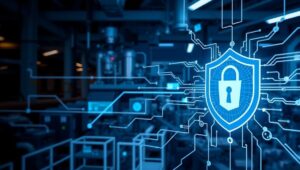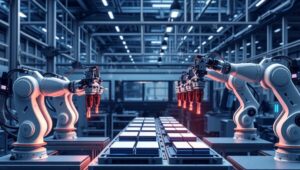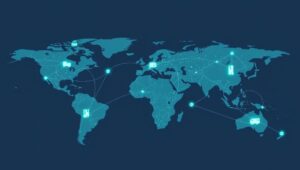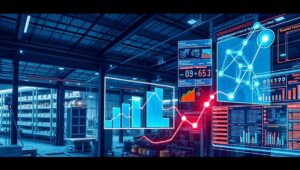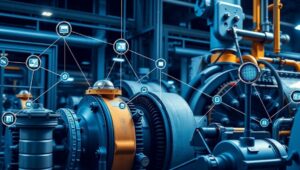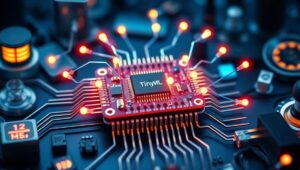May 18, 2025
Cybersecurity for Industrial Control Systems in the IIoT Era (2026 Imperative)
Cybersecurity for Industrial Control Systems in the IIoT Era (2026 Imperative) The Industrial Internet of Things (IIoT) has revolutionized industrial operations, offering unprecedented efficiency and connectivity. However, this digital transformation introduces significant cybersecurity challenges for Industrial Control Systems (ICS). As we approach 2026, securing these systems is not just a best practice; it’s an imperative. This article explores the evolving threat landscape, key vulnerabilities, and essential strategies for protecting ICS in the IIoT era. The Expanding Threat Landscape The convergence of IT and OT (Operational Technology) has blurred traditional security boundaries. ICS, once isolated, are now interconnected, exposing them to
